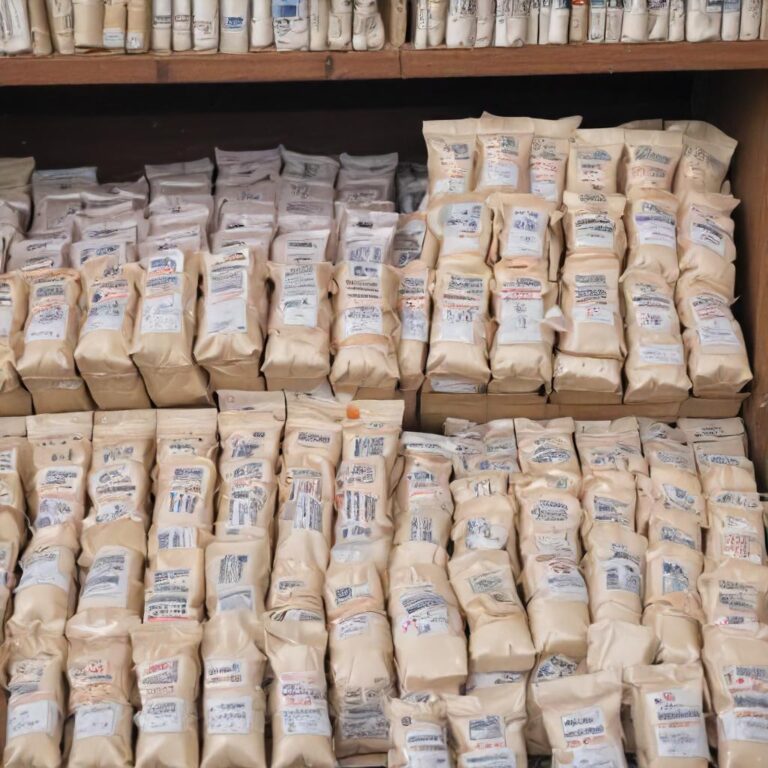Mitochondrial Metabolism and Dysfunction
페이지 정보

본문

GHB, a naturally occurring metabolic byproduct, is a substance that exhibits a wide range of biological activities. It can induce anesthesia, act as a sedative or stimulate the central nervous system, and exhibit a wide range of effects on nervous activity. Increasing research has shown that GHB also plays a substantial role in regulating mitochondrial function, which could have remarkable implications for our understanding of both normal cellular processes and the pathophysiology of various diseases.
Mitochondria are organelles found in cells responsible for generating energy in the form of molecular energy. However, maintaining their normal operation is imperative for cellular balance. the accumulation of free radicals in cells, is a major contributor to mitochondrial dysfunction. Given the essential role of mitochondria in cellular energy production, their malfunction can lead to a wide range of array of consequences, including the development of metabolic disorders like Alzheimer's, Parkinson's, and Huntington's.
GHB, a naturally occurring metabolite of the cellular signaling molecule GABA, has been shown to improve mitochondrial function by enhancing the efficiency of the electron transport chain and reducing the production of reactive oxygen species. These actions may be critical for maintaining cellular homeostasis, as they help to regulate energy metabolism and block oxidative stress. Furthermore, GHB has been observed to promote autophagy, a complex cellular process responsible for recycling damaged cellular components, including dysfunctional mitochondria.
Research using cell culture models has demonstrated that exogenous administration of GHB can mimic mitochondrial biogenesis and increase the activity of key enzymes involved in cellular energy production. The ability of GHB to stimulate the production of ATP, a essential step in maintaining cellular energy balance, suggests that it could serve as a potential medicinal agent for diseases characterized by mitochondrial dysfunction.
While the research on GHB and mitochondrial function is encouraging, its implications are multifaceted. Future studies are necessary to fully elucidate the relationships between ghb liquid kaufen, oxidative stress, and mitochondrial dysfunction. Nevertheless, the potential of GHB to regulate cellular energy production and prevent oxidative stress suggests that it could serve as a valuable medicinal agent for the treatment of various diseases, particularly those characterized by mitochondrial dysfunction.
In summary, the role of GHB in regulating mitochondrial function constitutes a essential area of research that holds considerable promise for the development of novel therapeutic strategies. As our understanding of this intriguing metabolic pathway expands, we may unlock new avenues for the treatment of diseases that were previously thought to be resistant to available therapies.
- 이전글วิธีการเลือกเกมสล็อต Co168 ที่เหมาะกับสไตล์การเล่นของคุณ 25.05.20
- 다음글The Advantages of Meal Planning 25.05.20
댓글목록
등록된 댓글이 없습니다.

